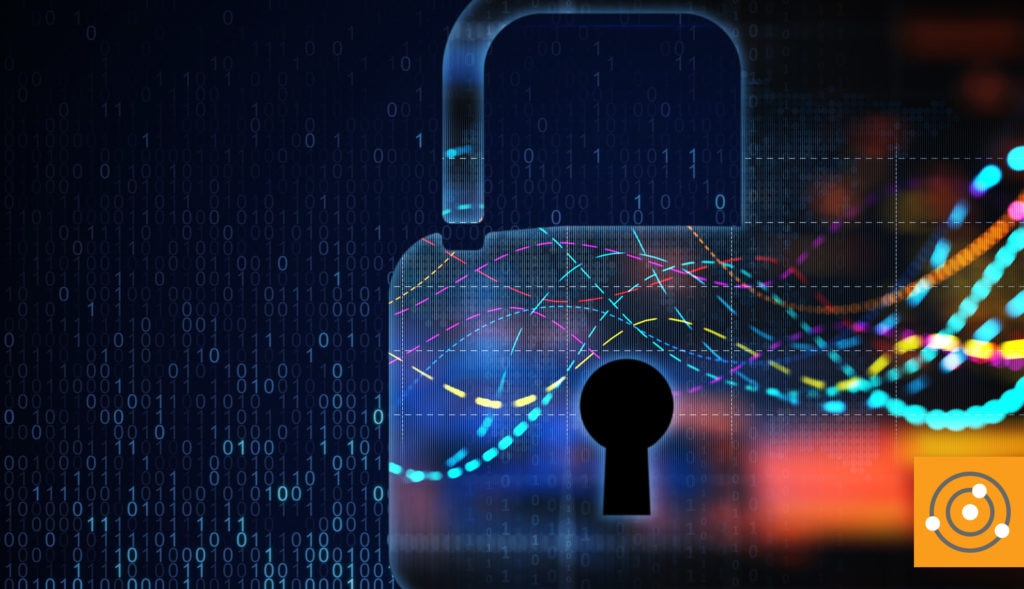In the
previous blog, I discussed how IT risks can infiltrate the service desk if proper incident, problem, and change management aren’t applied. But,
IT risk detection in the service desk can act as a safeguard to avoid this. It can help notify service technicians of “prohibited” or questionable items that could cause problems. Here are four reasons why IT risk detection should be incorporated and is critical for successful use of the service desk.
Block illegal software and viruses
Identifying risks to individual devices can save IT a ton of money, but first they need to know everything about those devices.
IT asset management, and more specifically, an
automated discovery tool can help monitor technology assets in the business. These items should include all hardware, software, vendor information, and Internet of Things (IoT) devices. Automatic risk detection can eliminate the inconvenient task of inspecting each employee’s machine.
A tool like this can help service desk pros discover if illegal software has been downloaded or a virus has found its way into employees’ equipment. Once a risk is detected, the tool can notify the technician to resolve.
Discover deeper problems
The frequency in which you receive a specific kind of ticket may indicate a bigger issue in the service desk. For example,
repetitive tickets like application performance issues and email inaccessibility may mean these aren’t just incidents, but problems, which is a significant risk for the business. Emails are a primary way employees communicate with each other across business units and in varying office locations. If an email server goes down, you’ll quickly be able to notice a pattern—finance can’t process invoices, sales can’t send resources to prospects, human resources can’t send important files to new hires. Once employees see there’s a problem, service pros can expect an
influx of tickets to follow. Risk detection aids in identifying incidents and escalating them to problems, and one of the best ways to detect this massive risk to the company is to use your service desk to identify related tickets.
Keep up with technology changes
Technology and how we use it is changing everyday. Technology evolved even more during COVID-19 to keep up with frequent use. With constant changes, it’s crucial to have a service desk that evolves with them. When new technology is deployed, the service desk should be able to add it to the
configuration management database (CMDB). Once information about the new device is collected in the CMDB, service pros will have more visualization into IT configuration items to detect risks, deliver change impact assessments, and improve risk analysis and overall IT service efficiency.
Stay in compliance
If there are several software licenses used in your business, do you know when they expire off the top of your head? If not, this is where an
automatic software license tracking tool is handy; it will not only help service technicians avoid contract lapse but can help businesses save money when adding or removing licenses.
It can also replace error-prone asset spreadsheets. When a software license compliance gap is detected, you can easily see how many licenses are missing and act to resolve the issue through license reallocation or by acquiring additional licenses.
Let’s face it, most (if not all) businesses want what they invest in to be worth the time and money spent. Extra money spent on unnecessary software licenses and extra time spent on resolving avoidable problems aren’t ideal. A capability like IT risk detection built into your service desk can be the difference between simply having a ticketing system and maximizing the efficiency through smart technology.





